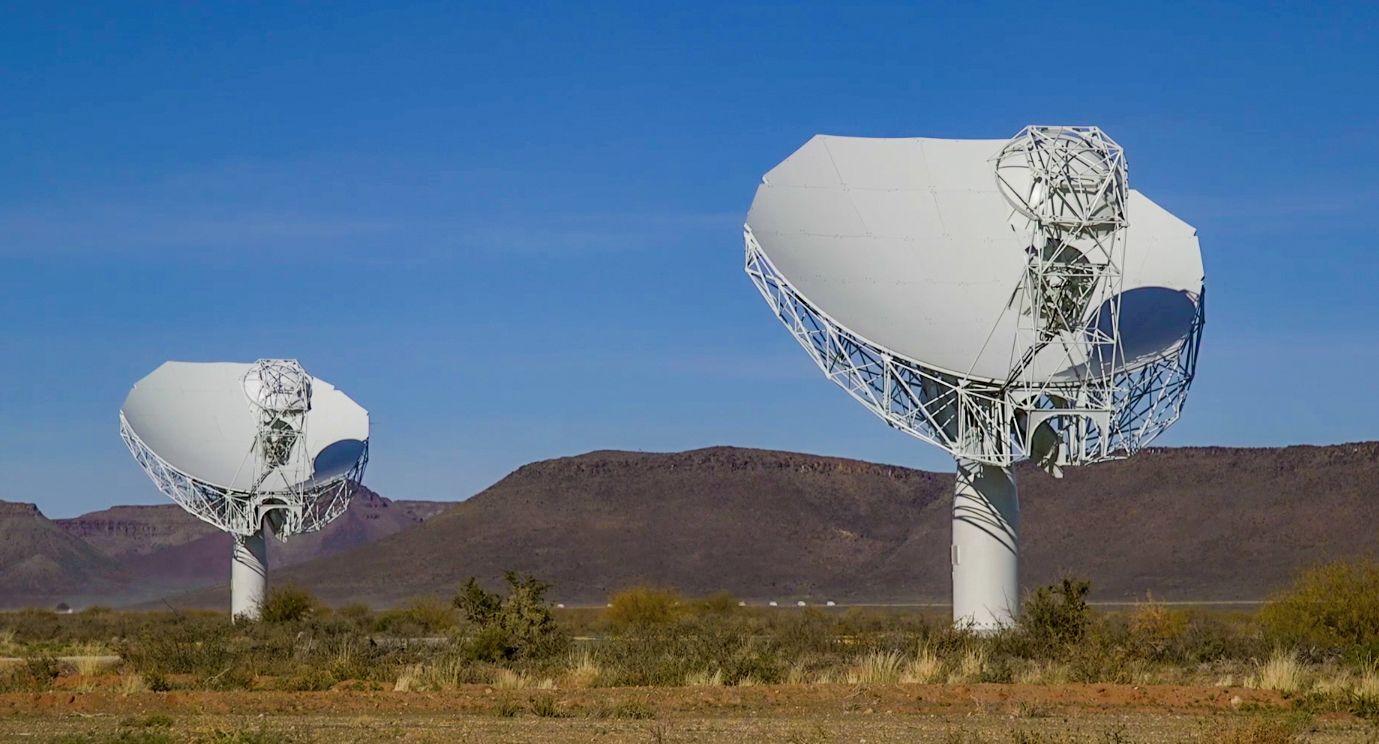As East African countries grow their investment in satellite technology for communications, defence, security, research, disaster management and weather forecasting, the region is also growing as a launch and test site for the industry.

Conrad Onyango, bird story agency
A futuristic solar-powered plane designed to fly between 60,000 and 80,000 feet above the earth, beyond regulated airspace, is set to take off in Kenya, adding to a growing number of high-altitude and space projects in East Africa.
Aalto, a startup spun out by passenger aircraft giant Airbus in 2023, manufactures the solar-electric Zephyr HAPS aircraft and has indicated it will soon start experimenting with these flights in Kenya.
The announcement followed the successful launch, test and landing of its Instrumented Zephyr Test Vehicle, IZTV – a dedicated Zephyr test aircraft – equipped with advanced flight controls in Arizona in May.
“This milestone marks the beginning of this year’s comprehensive flight season and the completion of successful testing. Our focus now turns to experimental flights to be launched from our AALTOPORT in Kenya over the coming months," the company said on X.
While the company has not announced the exact launch date, the choice of Kenya as the first permanent launch and landing site for the new-age space glider gives the East African nation hitherto unnoticed prominence and attractiveness of the region’s spaceports to foreign investors.
In June, AALTO revealed that a consortium of leading Japanese businesses, led by Japan's mobile operator NTT DOCOMO and Space Compass, had pledged to invest US$100 million in the company.
The investment, the company said, paves the way for the Zephyr to begin commercial service in 2026, pending certification from aviation authorities.
“This investment comes as AALTO moves into its next phase of development. This includes launching several customer missions over the coming year, establishing launch and landing sites for Zephyr, and advancing our certification process. We are excited to forge a new frontier in sustainable connectivity and earth observation from the stratosphere while generating significant value for all our stakeholders,” said AALTO Chief Executive Officer Samer Halawi.
Kenya’s position on the equator, together with the favourable weather conditions required for the aircraft's ascent, makes Kenya an ideal location, the company said.
This development comes more than a year after Djibouti signed a billion-dollar partnership deal with Hong Kong Aerospace Technology to build the first orbital spaceport on African soil.
The US$1 billion spaceport project includes the construction of a port facility, a power grid and a highway to ensure the reliable transportation of aerospace materials.
The preliminary deal, signed in partnership with Touchroad International Holdings Group in January 2023, cleared the path for a formal contract signing and development of this mega spaceport over a five-year period.
The international spaceport is expected to have seven launch pads, with the capacity to launch seven satellites simultaneously, and three testing facilities when complete.
Other countries in East Africa have also made strides into space or are planning to venture into the market – foreign investors being at the forefront of these initiatives.
In February, the Rwanda Space Agency and the Polish Space Agency signed a Memorandum of Understanding to advance partnership opportunities.
This collaboration, the two agencies said, aims to leverage the strong Polish space ecosystem and develop joint activities of mutual interest.
“It fosters interagency cooperation between industries and academia to advance capabilities in space technologies, facilitating knowledge transfer and promoting tailored research and development initiatives,” the two agencies said in a joint statement.
Uganda successfully launched its first satellite, PearlAfricaSat-1, in November 2022. The satellite was constructed by three Ugandan engineers together with the Kyushu Institute of Technology in Japan, part of the Joint Global Multi-Nation Birds Satellite Project.
Tanzania announced plans to establish a space agency in the 2024/2025 fiscal year with the goal of promoting satellite technology for communication, defence, security, research, disaster management, and weather forecasting.
With this venture, Tanzania seeks to join other East African countries like Kenya, Rwanda, and Uganda in advancing space technology.
Africa Space Industry projects 125 new satellites to be developed in 23 African countries by 2025 as part of the continent's space market activities.
bird story agency





